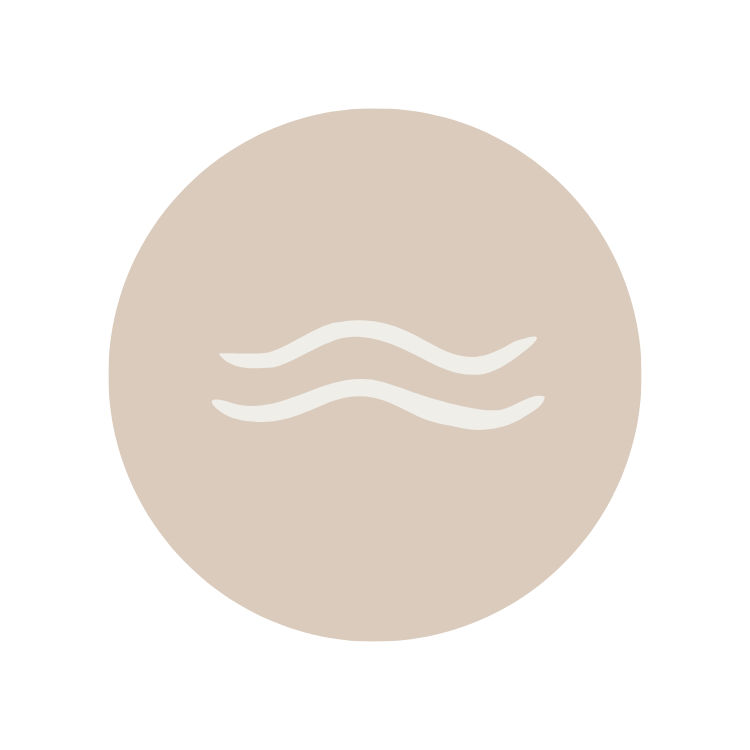I Got Diagnosed with The Disease I Treat Every Day at My Job
“Your ultrasound has revealed an abnormality,” the young doctor in front me says, staring down at the paper in her hands. “It appears as though you have an endometrioma on your right ovary.”
As soon as the words come out of her mouth my stomach drops.
“An endometrioma? So I have endometriosis….” I conclude.
“I….think so…?” she replies, unsure of herself.
She may be unsure, but I’m not. I’m an acupuncturist that specializes in fertility and reproductive health. I’ve treated, learned about, and studied many gynecological conditions, including endometriosis. Every day at work I’m treating the pain, symptoms, and infertility associated with endometriosis, a disease where tissue that is similar to the uterine lining grows outside of the uterus. That’s how I knew that having an endometrioma, a type of cyst that is filled with endometrial-like tissue and blood, is a guaranteed diagnosis of stage III or IV endometriosis.
Many people that are diagnosed with or hear they could possibly have endometriosis have no idea what it is at first. In my case, as soon as I heard the word “endometrioma” all of the facts and statistics about endometriosis came rushing to mind. I knew that with the size of my cyst, surgery was in my future. I knew the fact that I had an endometrioma meant I had other deeply infiltrating lesions in my pelvis. I knew that I had a 40% chance of infertility. To say I was overwhelmed is an understatement.
Although I got the answer to my periodically intense abdominal pain, I was filled with even more concerns. I left the walk-in clinic in a daze.
After a couple weeks of letting myself grieve, I sprang into action. Who better to get an endometriosis diagnosis than someone who works in women’s reproductive health? I did months of research and compiled 100+ pages of notes backed by scientific studies (which I am hoping to publish into a book one day). I prescribed myself a Chinese herbal formula, got acupuncture and laser treatments regularly, started taking more supplements, changed my diet, and eventually got laparoscopic surgery to remove the 10cm cyst.
It’s been a wild ride, but I consider myself one of the lucky ones. It didn’t take 7-10 years to diagnose my endometriosis like the majority of sufferers. My symptoms are manageable and don’t interfere with my daily life anymore. I have access to wonderful treatment tools like low level laser therapy, Chinese herbs, and acupuncture. I was able to have free surgery thanks to the Canadian healthcare system.
It also gave me such a sense of purpose in my practice. The ability to truly understand what my patients with endometriosis are going through is invaluable. I know how to help them navigate the Western medical system, what holistic treatments actually work, and real life advice. Nothing fulfills me more than being able to help others who were once in my shoes. Just because endometriosis is a disease you cannot cure, does not mean you can’t treat it. Remission of symptoms is possible - I’ve seen it in myself and in others.
Want to learn more about strategies you can use to fix your period problems?
📘Access my FREE e-book: How to Start Balancing your Hormones: Fix Your Period Without Overwhelm.
📗My Eating for Hormone Balance e-book breaks down everything you need to know about diet and your hormones. Learn about the basic macros, how to support gut health, what to do about inflammation, and more!
📞 Book a free 15 minute discovery call to see if we're a good fit to work together.
👩🏻💻 Book a 60-90 min initial consultation where we work 1:1 to dig deep into your health history to figure out the root causes of your period problems. From there I provide you with an individualized treatment plan and consistent support along the way.
🏫 Period University™ is the ultimate self-paced online course that teaches you EVERYTHING you need to know about your period and hormones.
In healing,
Allison

